Optimal Timing for Waterproofing Projects
Proper timing is essential for effective waterproofing projects. The optimal period depends on weather conditions, temperature ranges, and the specific type of waterproofing material used. Typically, dry and mild weather provides the best environment for application and curing processes, ensuring long-lasting results.
Spring offers moderate temperatures and lower humidity, making it ideal for waterproofing application before summer.
Early summer can be suitable if temperatures are stable and rainfall is minimal, avoiding high heat that can affect curing.
Fall provides cooler temperatures and less humidity, which can be beneficial for waterproofing projects before winter.
Winter is generally unsuitable due to freezing temperatures and potential moisture issues, which hinder proper application.

Ways to make Waterproofings work in tight or awkward layouts.

Popular materials for Waterproofings and why they hold up over time.

Simple add-ons that improve Waterproofings without blowing the budget.
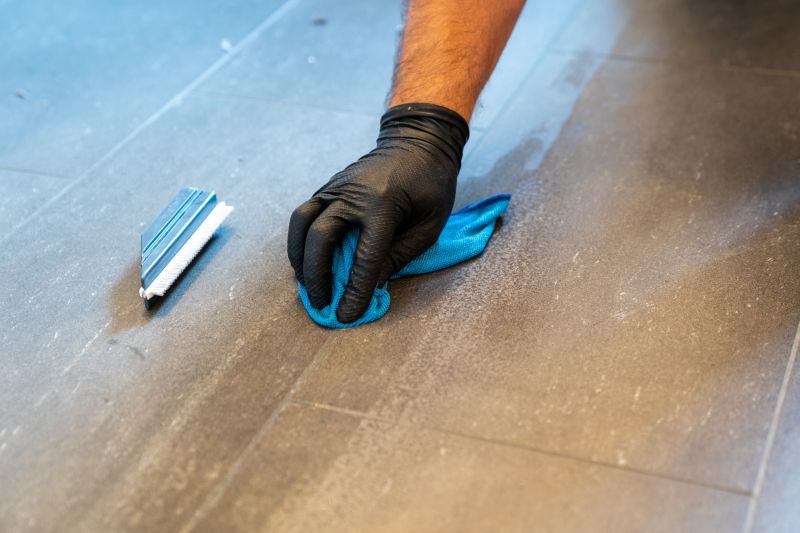
High-end options that actually feel worth it for Waterproofings.

Finishes and colors that play nicely with Waterproofings.
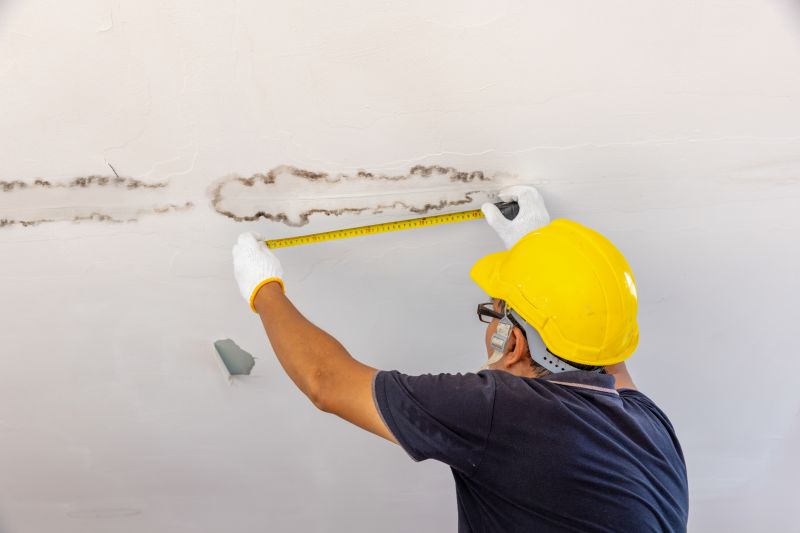
Little measurements that prevent headaches on Waterproofings day.
Waterproofings are essential for protecting structures from water intrusion, which can lead to structural damage, mold growth, and reduced property value. Various waterproofing methods include membrane applications, sealants, and coatings, each suited to different surfaces and conditions. Properly timed waterproofing can extend the lifespan of a building and prevent costly repairs.
Statistics indicate that waterproofing can reduce water-related damages by up to 70 percent when performed correctly and maintained regularly. Seasonal considerations play a vital role in ensuring the durability and effectiveness of waterproofing systems, making timing a critical factor in project success.
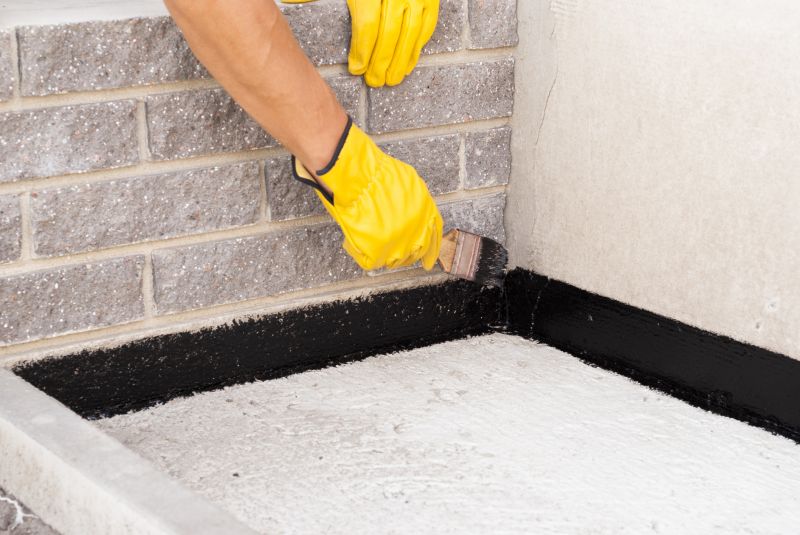
A 60-second routine that keeps Waterproofings looking new.
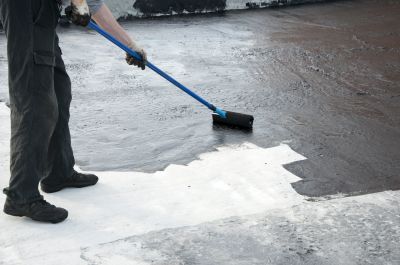
A frequent mistake in Waterproofings and how to dodge it.
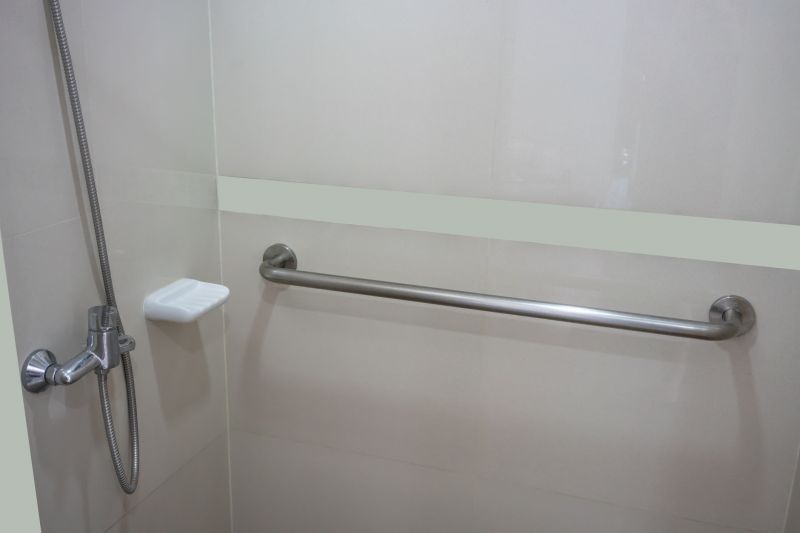
Small tweaks to make Waterproofings safer and easier to use.

Lower-waste or water-saving choices for Waterproofings.
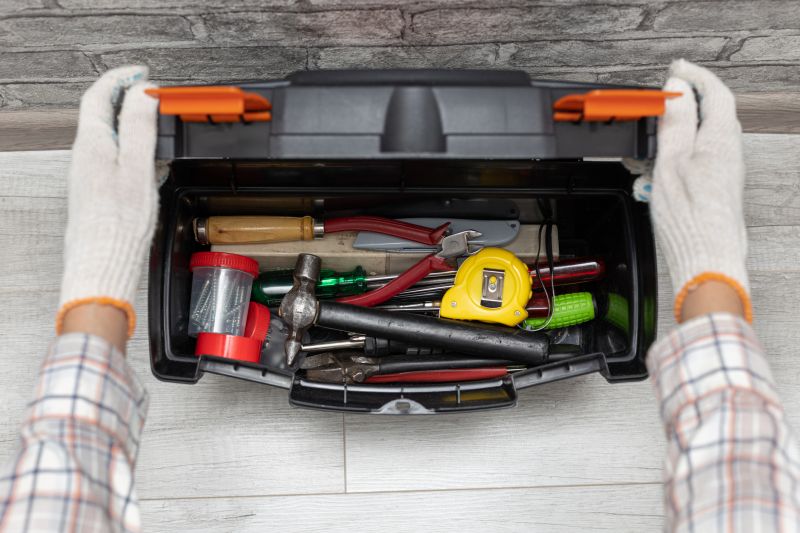
The short, realistic tool list for quality Waterproofings.
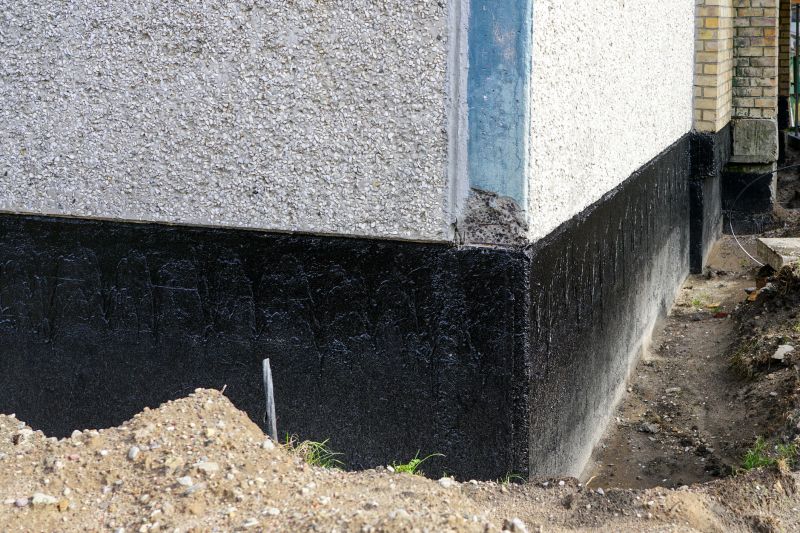
Rough timing from prep to clean-up for Waterproofings.
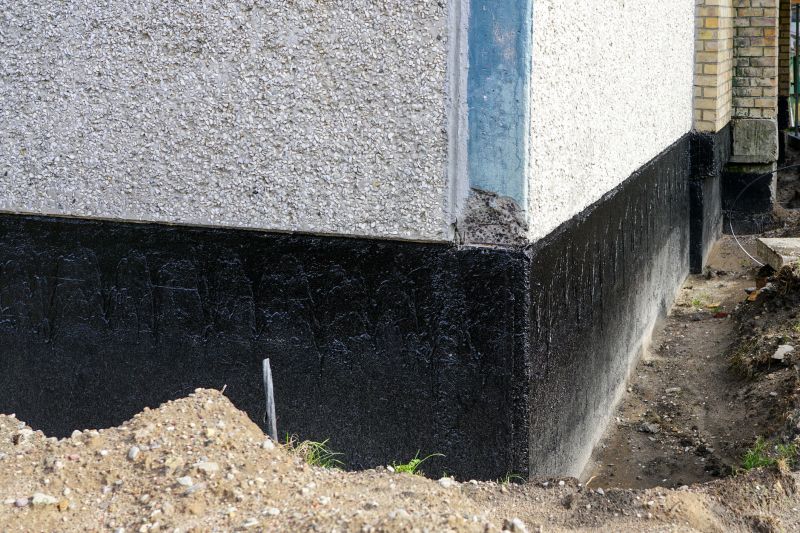
Quick checks and paperwork to keep after Waterproofings.
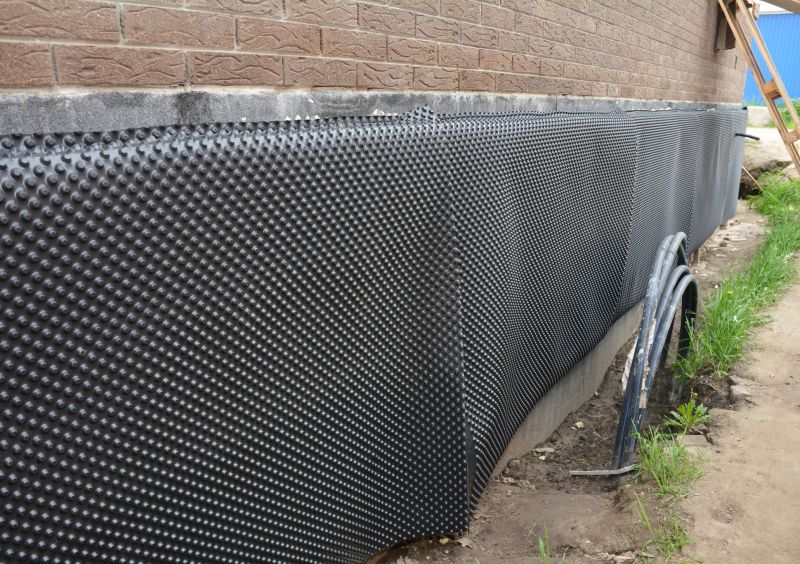
Examples that show the impact a good Waterproofings can make.
| Season | Ideal Conditions |
|---|---|
| Spring | Mild temperatures, low humidity |
| Summer | Stable temperatures, minimal rain |
| Fall | Cool temperatures, lower humidity |
| Winter | Freezing temperatures, high moisture |
Timing waterproofing projects appropriately ensures optimal adhesion and curing of materials. Applying waterproofing during suitable weather conditions minimizes the risk of failures and extends the effectiveness of the system. Consulting with waterproofing professionals can help determine the best time based on local climate patterns.
